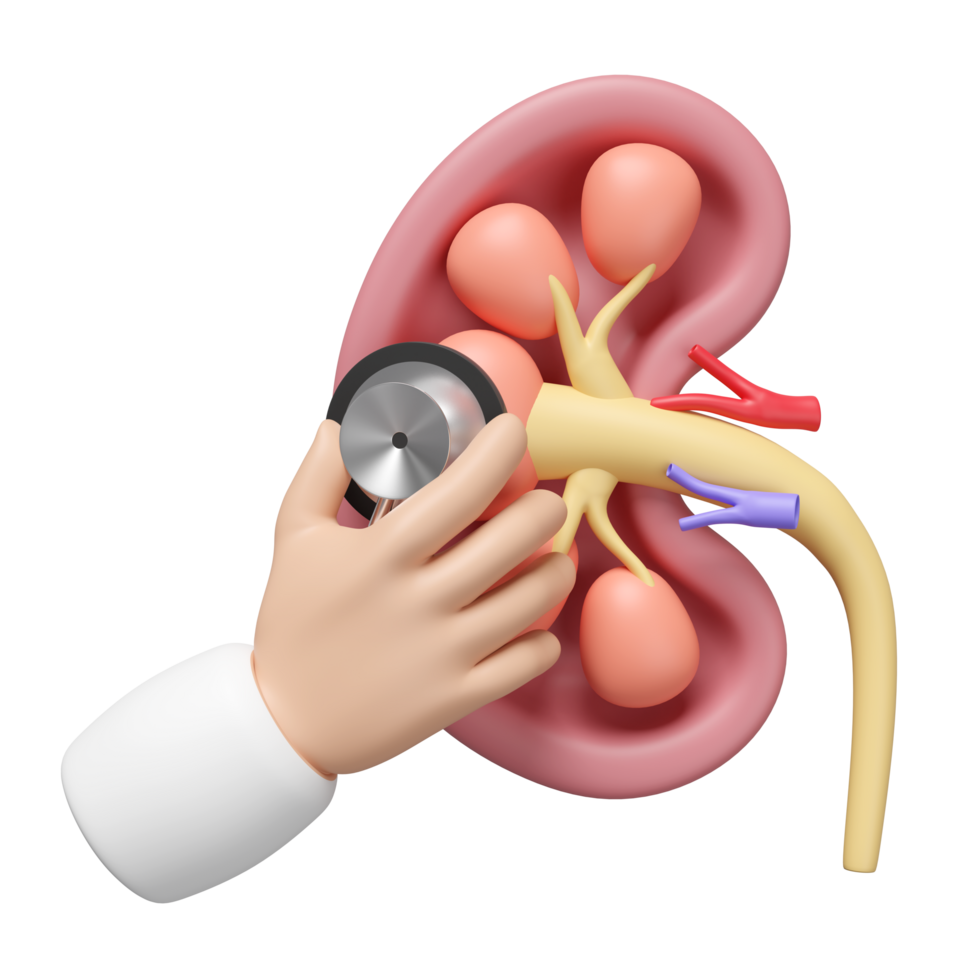What is Neurogenic Bladder?
A person with neurogenic bladder, often referred to as neurogenic lower urinary tract dysfunction, is unable to regulate their bladder as a result of neurological, spinal cord, or brain issues. Your bladder needs to cooperate with a number of muscles and nerves in order to hold pee until you’re ready to empty it. The brain and the muscles that regulate when the bladder empties exchange nerve signals. The muscles might not be able to contract or relax at the appropriate times if these nerves are damaged by disease or trauma. Nerves and muscles do not cooperate properly in patients with neurogenic bladder and neurogenic lower urinary tract dysfunction. It’s possible that the bladder won’t fill or empty properly.
What are the Symptoms?
Individuals with neurogenic bladder experience different symptoms. The sort of nerve injury producing the issue also affects the symptoms. Bladder muscles that are hyperactive and squeeze more frequently than usual might cause incontinence. Urine may occasionally leak as a result of this squeezing before you are ready to pass it. Overactive Bladder (OAB): OAB causes an abrupt urge to urinate. Some people leak urine—a few drops or a large volume—after experiencing this sensation. Urinating more than eight times in a 24-hour period is another indication.
How is Neurogenic Bladder Diagnosed?
The neurological system and the bladder are both involved in neurogenic bladder, therefore your doctor may do a number of tests to assess both. A crucial first step may be discussing your symptoms with your physician. Your doctor might inquire about your daily routine and medical history. In order to help diagnose your issue, doctors may occasionally advise you to keep a bladder diary or use an assessment tool. Additionally, you might be requested to do a pad test. This involves donning a pad that has been coated with a unique dye, which changes color in response to pee leaks. Physical examinations could also be required. The doctor may examine a woman’s rectum, pelvic, and abdomen. Men may have their prostate, rectum, and abdomen examined. Urodynamic testing to assess the function of your urinary tract or a urine test to check for infections are examples of further tests. A scan or x-ray could also aid in your diagnosis.
How is Neurogenic Bladder Treated?
For underactive bladders, catheters are frequently utilized. To aid in the complete emptying of your bladder, this little tube is placed into your urethra. Two varieties exist. Urine is constantly drained using a continuous catheter. To empty your bladder, you insert an intermittent catheter several times a day. For certain people with hand coordination issues, intermittent catheterization may be challenging. Additional therapies could involve electrical nerve stimulation, botulinum toxin injections, or surgery. The cause of your nerve injury and your symptoms will determine the available therapy options. To determine the best course of action for managing your symptoms, see your healthcare professional. Seeing a specialist who specializes in neurogenic bladder, like a urologist or neurologist, may also be very beneficial.

